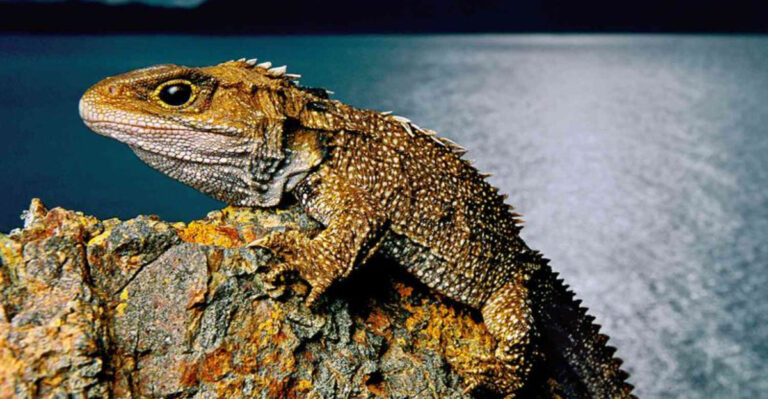Top National Parks In The U.S. To Spot Endangered Species

Our national parks aren’t just beautiful places to hike and camp—they’re also critical sanctuaries for America’s most vulnerable wildlife.
From majestic wolves roaming Yellowstone to tiny snails found only in Zion’s hanging gardens, these protected lands offer rare chances to witness endangered species in their natural habitats. Grab your binoculars and join us as we explore the best national parks for spotting these remarkable creatures fighting for survival.
1. Yellowstone National Park
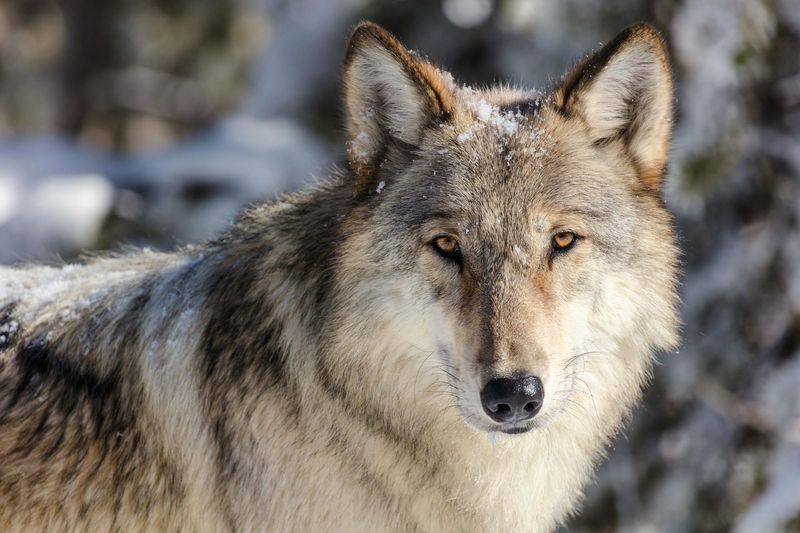
Once completely wiped out from the region, gray wolves now thrive in Yellowstone thanks to a successful reintroduction program started in 1995. Early mornings in Lamar Valley offer your best chance to spot these elusive predators.
Grizzly bears roam the park’s vast wilderness, with populations slowly recovering under federal protection. Look for them in meadows during spring and fall when they’re most active.
2. Everglades National Park
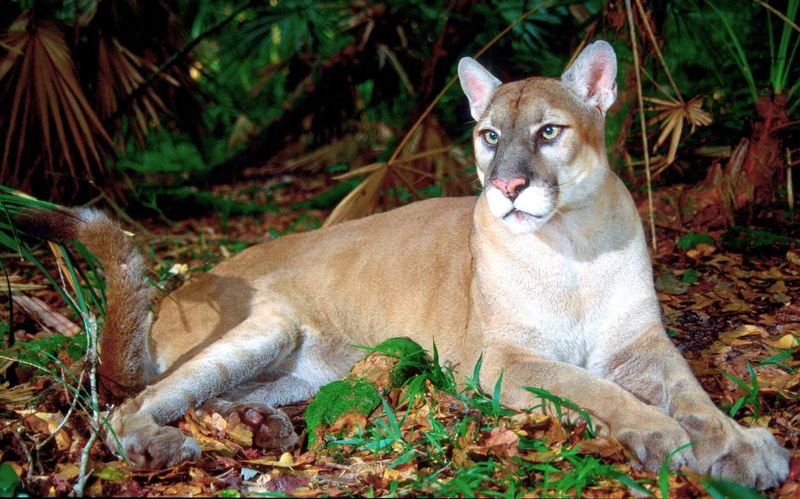
Florida panthers silently prowl through this river of grass, though fewer than 200 remain in the wild. Rangers at visitor centers can direct you to trails where tracks have been spotted recently.
West Indian manatees, those gentle sea cows, congregate in the park’s warmer waters during winter months. Canoe along Nine Mile Pond for a peaceful chance to observe these massive marine mammals.
3. Grand Canyon National Park

California condors soar on nine-foot wingspans above the canyon rim, their distinctive white underwing patches visible against the blue sky. These magnificent birds nearly vanished forever—by 1982, only 22 remained worldwide.
Visit Navajo Bridge or Bright Angel Point for your best chance to witness these prehistoric-looking birds in flight. Rangers sometimes set up spotting scopes during peak seasons.
4. Olympic National Park
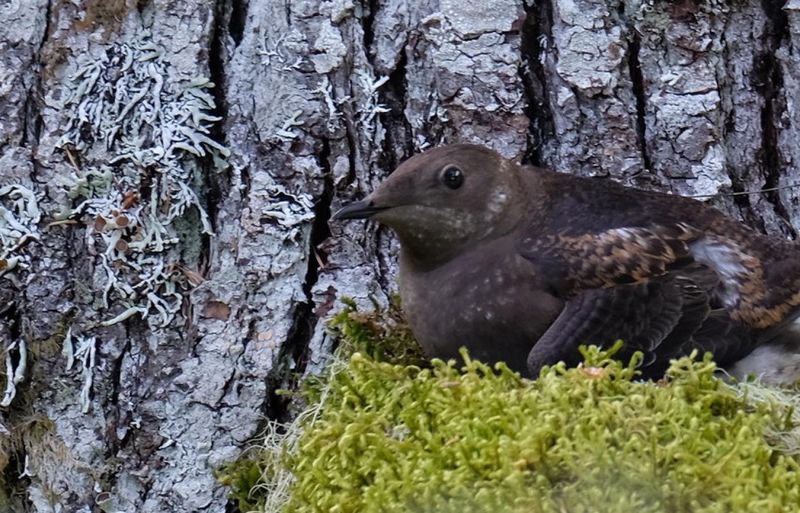
Marbled murrelets, small seabirds with unusual nesting habits, lay their single eggs on mossy branches high in the park’s old-growth forests. Dawn visits to coastal areas offer glimpses of these elusive birds flying inland.
Northern spotted owls hide among ancient trees, their habitat shrinking yearly. Guided night walks occasionally reveal these nocturnal hunters, whose distinctive calls echo through the pristine forest.
5. Great Smoky Mountains National Park

Hellbender salamanders, North America’s largest, lurk beneath clear mountain streams. These ancient amphibians can reach two feet in length but remain incredibly shy around humans.
The park protects over 100 species of freshwater mussels, many critically endangered. Look carefully in shallow stream beds—these living water filters play crucial roles in maintaining aquatic health throughout the Smokies’ watersheds.
6. Sequoia And Kings Canyon National Parks

Sierra Nevada bighorn sheep cling to precarious mountain ledges, their specialized hooves allowing impossible feats of balance. Winter drives along Mineral King Road sometimes yield sightings of these majestic animals.
Nearly extinct in the 1990s with only 100 individuals remaining, recovery efforts have helped populations rebound. Binoculars are essential—these shy creatures typically stay high on rocky slopes where predators can’t follow.
7. Channel Islands National Park
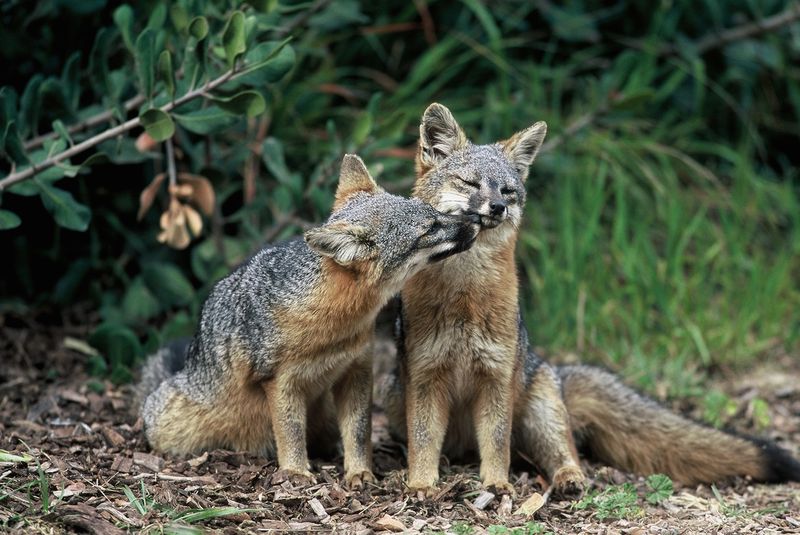
Island foxes, no bigger than house cats, scamper through coastal scrub on six different islands. Each island hosts its own subspecies, evolving in isolation over thousands of years.
By 2000, fox populations had plummeted by over 90%, but intensive conservation efforts saved them from extinction. Hiking Santa Cruz Island’s trails offers excellent opportunities to spot these curious creatures, especially during morning hours.
8. Denali National Park
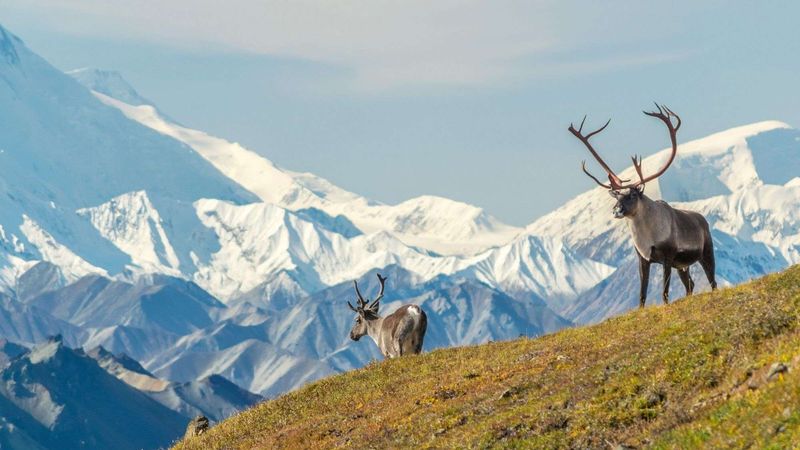
Caribou herds migrate across Denali’s vast tundra, their numbers dwindling in recent decades. Summer visitors aboard park shuttle buses often witness these magnificent animals crossing braided rivers or grazing on alpine vegetation.
Wolf packs follow the caribou, maintaining nature’s delicate balance. Morning wildlife tours along Park Road provide opportunities to observe these apex predators hunting or resting near their dens.
9. Zion National Park
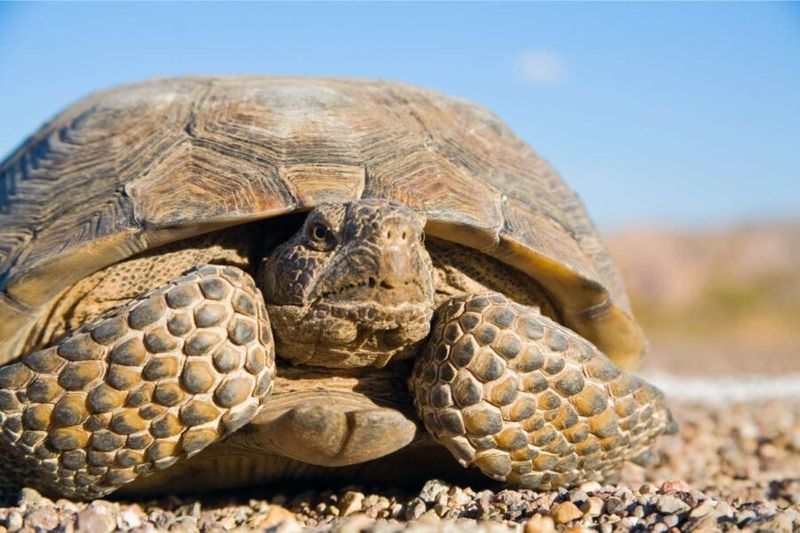
Zion snails exist nowhere else on Earth except the park’s hanging gardens. These tiny mollusks, barely visible at a quarter-inch long, survive only where water seeps from sandstone walls.
Desert tortoises plod slowly through lower elevations, their ancient lineage stretching back millions of years. Rangers at the visitor center can recommend specific trails where these rare reptiles might be spotted during cooler morning hours.
10. Hawai’i Volcanoes National Park
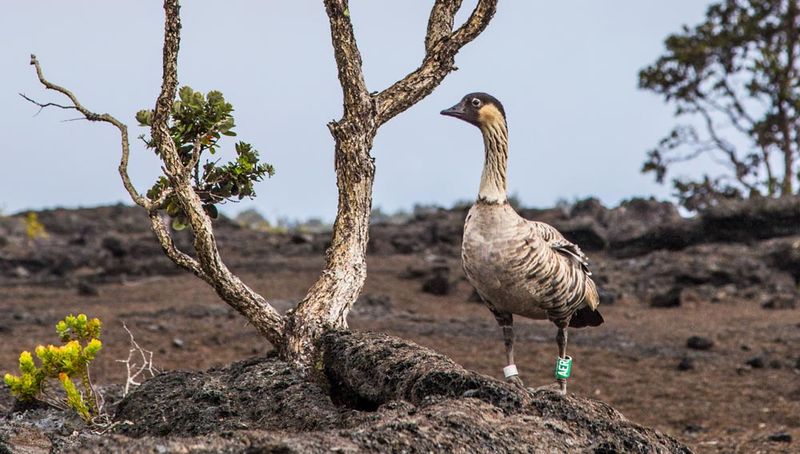
Nene geese strut across volcanic landscapes, their distinctive calls announcing their presence. These endemic birds evolved from Canadian geese ancestors, adapting to Hawaii’s unique environment over thousands of years.
Hawaiian monk seals occasionally haul out on remote park beaches. With fewer than 1,400 remaining, spotting one of these critically endangered mammals requires patience and respect—always maintain proper distance when wildlife watching.
11. Redwood National And State Parks
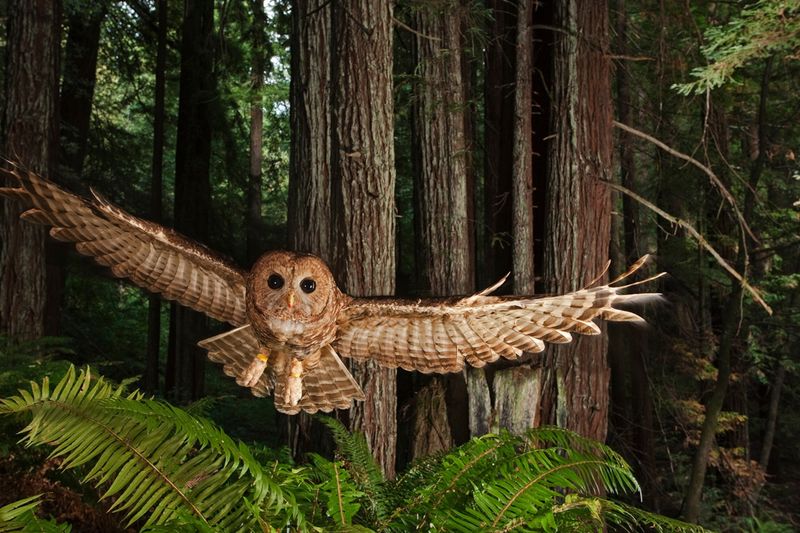
Colossal trees create perfect habitat for marbled murrelets, mysterious seabirds that fly inland to nest atop massive redwood branches. Dawn visits to coastal overlooks might reveal these endangered birds commuting between ocean feeding grounds and forest nests.
Northern spotted owls hunt silently through ancient forests, their survival threatened by habitat loss. Evening ranger programs sometimes include owl prowls with trained wildlife specialists.
12. Joshua Tree National Park

Desert tortoises dig elaborate burrows beneath the park’s iconic yucca trees, emerging mainly during spring wildflower seasons. These ancient reptiles face mounting threats from climate change as desert temperatures continue rising.
Patient visitors might glimpse tortoises along the Bajada Nature Trail during cooler months. Remember that touching these protected animals is strictly prohibited—their survival depends on minimizing human disturbance.
13. Glacier National Park
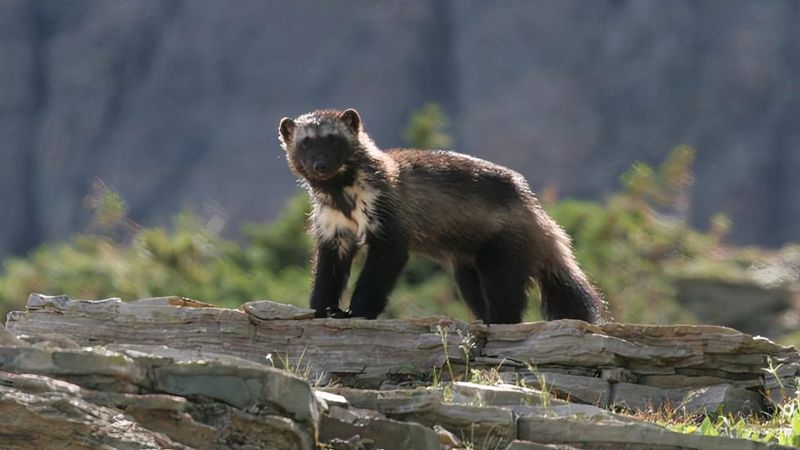
Bull trout navigate crystal-clear streams beneath towering peaks, their populations threatened by warming waters and invasive species. Avalanche Lake offers opportunities to spot these native fish in their natural habitat.
Elusive wolverines roam the park’s remote backcountry, their existence increasingly precarious as climate change shrinks alpine snow cover. While rarely seen, knowing these remarkable mammals still patrol Glacier’s wilderness enhances any visit.
14. Biscayne National Park

Sea turtles glide through azure waters, returning to nest on protected beaches where they hatched decades earlier. Glass-bottom boat tours reveal these ancient mariners swimming among vibrant coral reefs.
Gentle manatees seek warm water sanctuaries during winter months. Paddle quietly through mangrove channels in a kayak for unforgettable encounters with these endangered marine mammals, often visible as they surface to breathe.
15. Badlands National Park

Black-footed ferrets, once declared extinct, now hunt prairie dogs across carefully managed grasslands. These masked bandits emerge mainly at night, making evening wildlife drives your best chance for a rare sighting.
Reintroduction efforts began in 1994, offering hope for North America’s most endangered mammal. The Sage Creek Wilderness Area hosts several ferret families, though their secretive nature makes them challenging to spot.



